Methodology
The methodology surrounding the HEPI project is designed to reflect the offer price typically paid by residential customers in State capital cities, that wish to switch a tariff or a supplier during the first day of the month in question. The HEPI project provides:
Comparable prices for household energy consumption (both electricity and gas) across 33 European markets
Timely data updated monthly
Consideration of different national consumption patterns (typical consumption levels)
Incorporation of national support measures applicable for typical residential customers (i.e. subsidies, network/tax discounts, VAT exemptions etc.)
Breakdown of end-user price composition; separation between price components i.e. energy, distribution and transmission, associated taxes, and VAT
It does so by aggregating the incumbent supplier’s standard tariff and tariffs offered by the leading player(s) in each city (by market share).
The relative weighting of each city price in the HEPI index depends on the relative market size of each country (number of households x average residential consumption).
Definitions
Incumbent
The former (or current) monopolistic electricity supplier, which typically sells electricity to customers in the State capital city area.
Standard incumbent price
The price that residential customers in the incumbent’s area receive without any negotiation (by default).
Competitive incumbent price
The price which residential customers of the incumbent supplier receive if they leave the regulated price or request a better or different price or tariff type but remain with their by-default supplier. This price may be a variable, fixed-term, or spot-based tariff.
Leading competitor price
The price which residential customers of the leading non-incumbent competitors (most successful in terms of organic customer wins) in the State capital city receive. This price may be a variable, fixed-term tariff, or spot-based tariff.
Important data attributes
All prices and other statistics relate to:
The prices being offered to customers actively searching for an offer at the time of data collection
The first day of the month
Residential customers with a typical consumption for the national capital city
Standing fees are added to the price per kWh so that the entire end-user cost is taken into account
In the case of spot-based tariffs, the month’s average price is considered in the calculations to smooth day-to-day extreme changes
HEPI prices do not relate to:
The prices paid by customers on fixed-price contracts agreed prior to the time of data collection
The price paid by customers on tariff contracts set at a level no longer available at the time of data collection
Sign in and other temporary bonuses and other forms of non-monetary benefits are not taken into account since they can distort the overall tariff offered, especially in cases where they are offered on a “one-off” basis
Social tariffs and other targeted price discounts or support measures are not taken under consideration in the analysis
Contracts with extra services (e.g. insurance, maintenance, etc.) and prepaid contracts are also omitted from the analysis
Note on retrospective price adjustments:
In cases of retrospective adjustments to previous months’ price (i.e. application of support measures or review of regulated price where applicable), changes are integrated retrospectively into the prices of the month(s) for which the adjustments apply. This might create a difference between the HEPI price and the actual bill amount for a given month.
